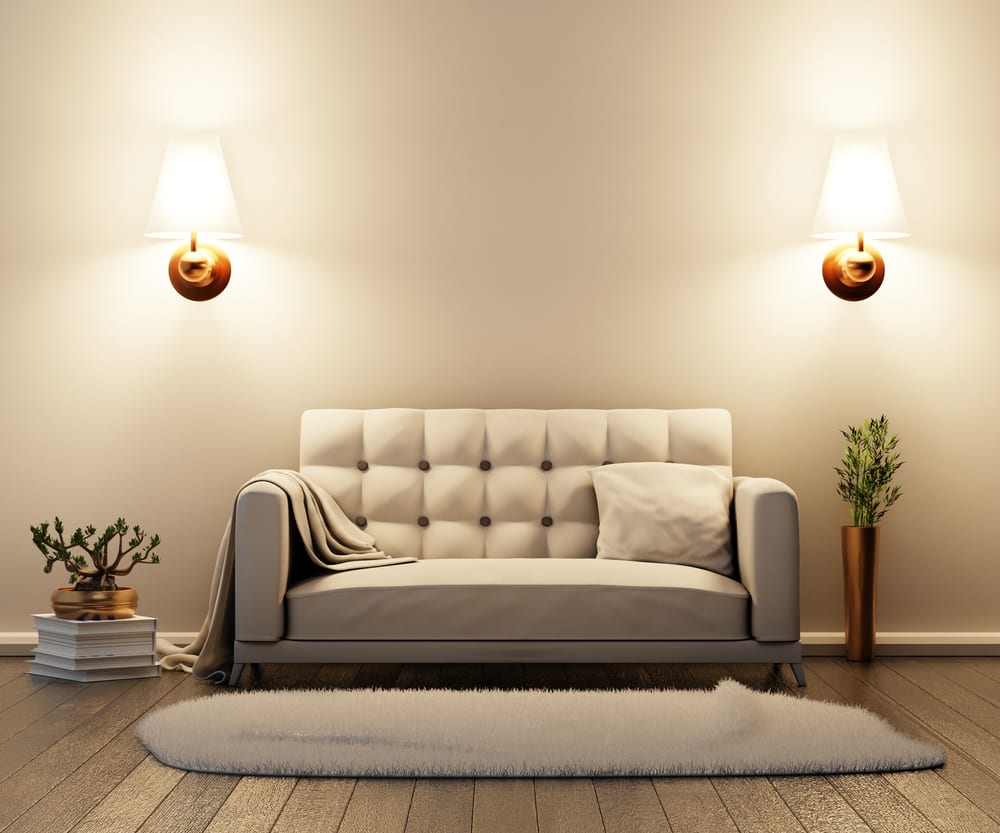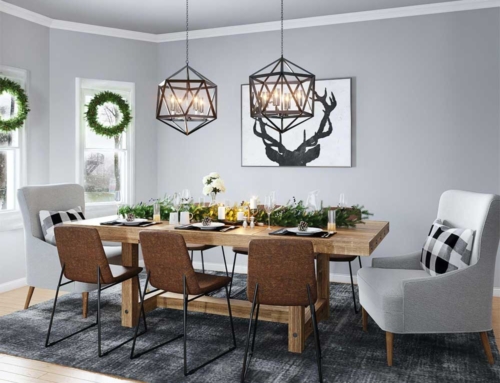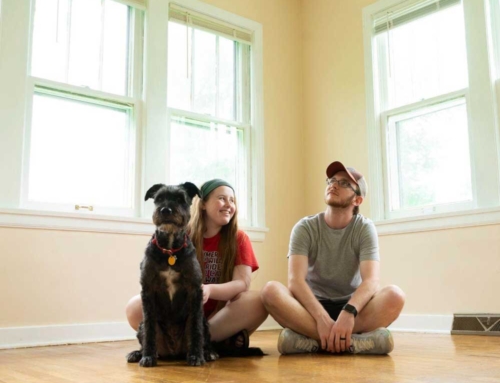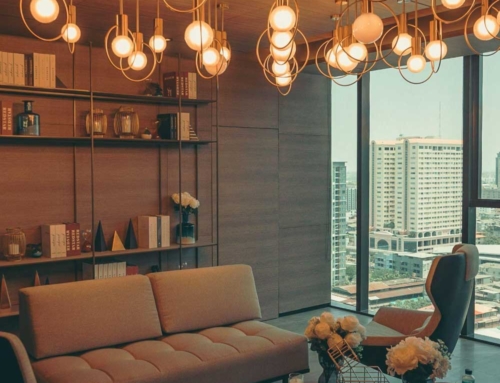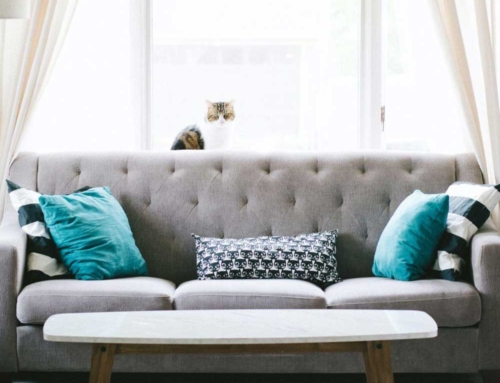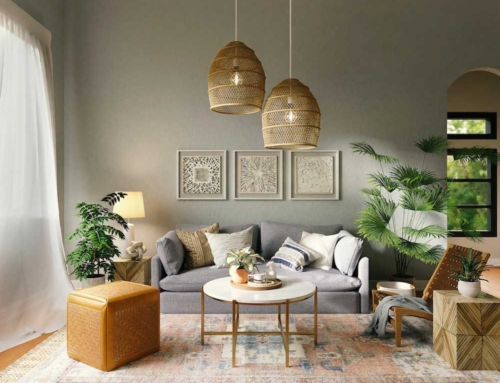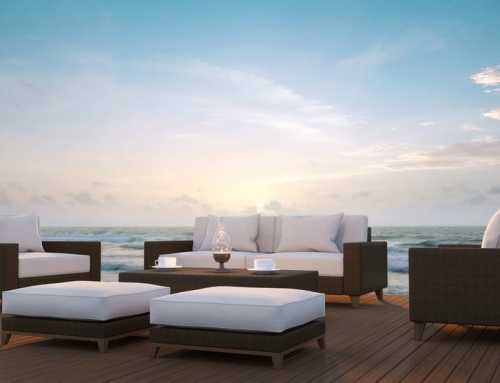Most of the rooms in our house are created with a specific task in mind; sleeping in the bedroom, cooking and eating in the kitchen, etc. The living room, however, plays host to a variety of activities including entertaining, reading, watching tv, playing games, even napping. A multi-use space like this needs carefully planned lighting for every occasion.
Before deciding on how to light your living room, you need to be sure that all the furniture, art, and accent pieces are in place. Map out the room and the activities you anticipate. If you plan on doing plenty of reading on the comfy recliner in the corner, then you’ll want to ensure there’s light in that space for you. If there’s going to be a TV in the room, you’ll need to plan your lighting around that as well, so glares don’t affect your viewing.
Once you’ve mapped out the room it’s time to explore the three types of lighting to make the most out of this versatile living space:
- TASK LIGHTING
Some of the lighting we just mentioned, such as a lamp near the chair you expect to be reading in, is considered tasklighting. These lights usually serve a purpose. When planning how to properly light a room, especially the living room, task lighting is a great place to start. You’ll be basing your decisions on function as well as style. Keep in mind that there are ambient table and floor lamps available, but these don’t provide the light you really need. If it’s specifically for reading (or knitting, crossword puzzles, etc) you want to look for a desk lamp or floor reading lamps. These are bright enough to reduce squinting and eye strain.
Another example of task lighting is called Bias Lighting. Creating bias lighting is a great way to avoid the glare from other lights on a TV, as well as decrease eye strain from long exposure to your television screen. Using rope lighting or LED strips are ideal. Secure the lights to the back of the television, similar to a frame, about two inches from the edges. This will create a soft glow behind your TV that benefits the viewer, without taking up space or affecting the design of the room. If you’re able to find rope lighting that fluctuates, use a warm color, about 1000k – 2700k at night, switching to 3000k – 5700k during the day. This lighting will help maintain your circadian rhythm.
- ACCENT LIGHTING
Once you have the task lighting set up, you’ll want to focus on the accessories and artwork decorating your living room. Accent lighting is used to highlight these as well as any architectural features your want to show off.
Adjustable recessed lighting is popular for illuminating your special pieces. Often referred to as “pot lights” these fixtures are small and flush with the ceiling. However since you’re working with adjustable lighting, you can angle the light to shine on your art. If you have a standard eight-foot ceiling, which many homes in the Sudbury area have, then you’ll want to place the light two feet away from the wall, and angle it to 30 degrees for the best display.
If you’re drawing attention to an architectural feature or a textured wall, you might want to consider a wall-grazer. These lights are almost invisible, but they create lighting and even shadows that are very appealing when highlighting a feature like this.
- AMBIENT LIGHTING
Once you’ve decided on your task and your accent lighting, it’s time to fill in the blanks. That’s what ambient lightingdoes. A new addition to fixtures designed for ambient lighting is linear architectural recessed lighting. Picture long skinny lines of light; It’s sleek and fits into the drywall easily.
We discussed ambient floors and table lamps earlier; that they were inappropriate to use as task lighting. This is where you can bring in your favourite ambient pieces. At this point, you’re usually trying to add light to a few dark pockets in your living room. Floor lamps are recommended because they create a localized pool of light at eye level, which is very flattering on faces. It also lends to a relaxed and intimate atmosphere for social gatherings.
